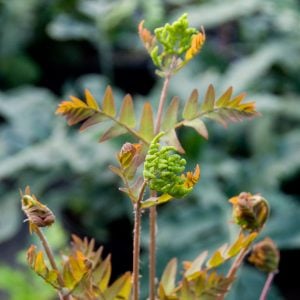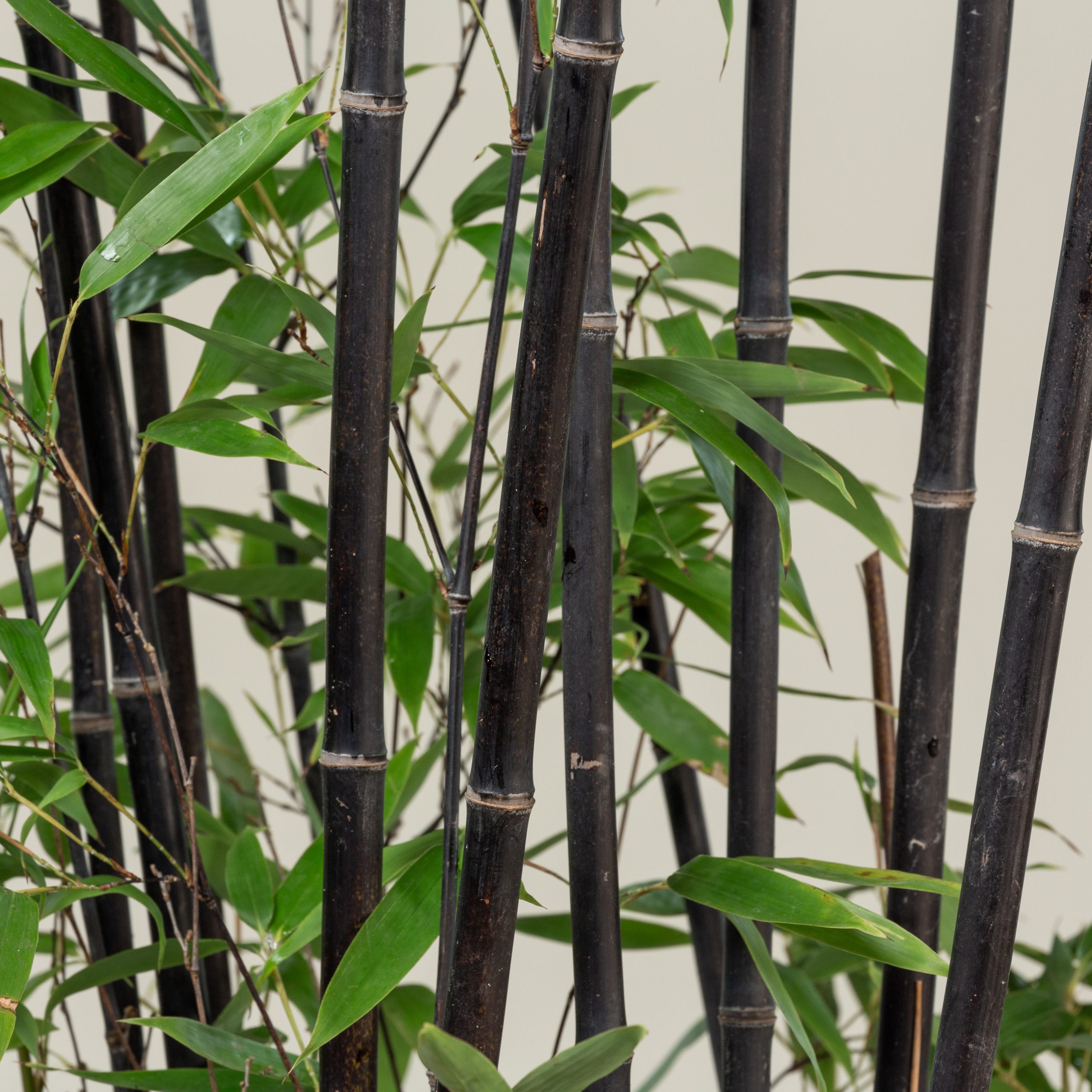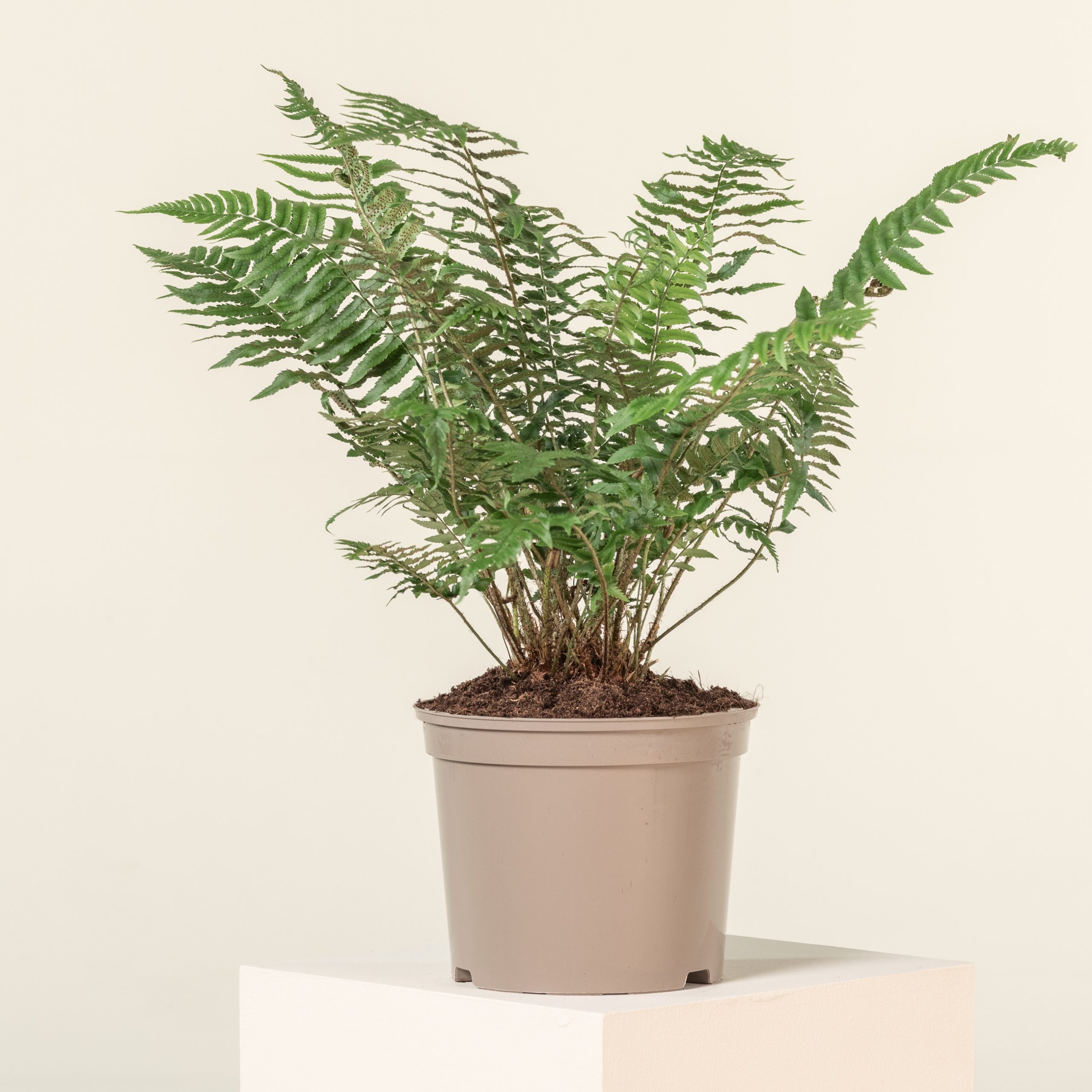
Callistemon citrinus ‘Splendens’
Bottlebrush, Crimson Bottlebrush
Callistemon citrinus ‘Splendens,’ commonly known as the Crimson Bottlebrush, is a striking evergreen shrub that adds vibrant colour and charm to gardens and landscapes. This Australian native plant features dense, upright growth, reaching a height of 4-8 metres.
The ‘Splendens’ variety is celebrated for its eye-catching, crimson-red, bottlebrush-shaped flowers that bloom profusely from spring through to late-summer. These unique, brush-like flower spikes are rich in nectar, attracting pollinators, making it a delightful choice for wildlife enthusiasts. Its slender, dark green foliage forms an attractive backdrop to the brilliant blossoms.
This hardy and drought-tolerant shrub thrives in full sun and well-drained soil, making it ideal for coastal gardens and Mediterranean-style landscapes. Its low maintenance requirements and exceptional ornamental value make Callistemon citrinus ‘Splendens’ a popular choice for adding a burst of colour and a touch of the Australian outback to gardens worldwide.
Care & Size Guidance
Caring for Callistemon citrinus ‘Splendens’ is relatively straightforward. Plant it in a location with full sun and well-drained soil to encourage robust growth and profuse flowering. Regular watering is crucial during the initial establishment phase, but once established, it can tolerate periods of drought.
Prune the shrub after flowering to maintain its shape and encourage new growth. Applying a balanced, slow-release fertiliser in early spring can promote healthy foliage and blooming.
This hardy shrub is generally pest and disease-resistant, making it a low-maintenance choice for gardens. However, keep an eye out for occasional pests like scale insects and aphids, which can be managed with appropriate treatments if necessary.
Pruning Callistemon citrinus ‘Splendens’ is a vital part of its care routine, primarily performed right after the main flowering period, typically in late spring or early summer. The process involves removing spent flower spikes, shaping the shrub, and occasionally thinning crowded branches to encourage better air circulation and light penetration. By following proper pruning techniques with sharp tools, gardeners can maintain the plant’s shape, promote healthy growth, and ensure its continued vibrant and prolific flowering.








Reviews
There are no reviews yet.